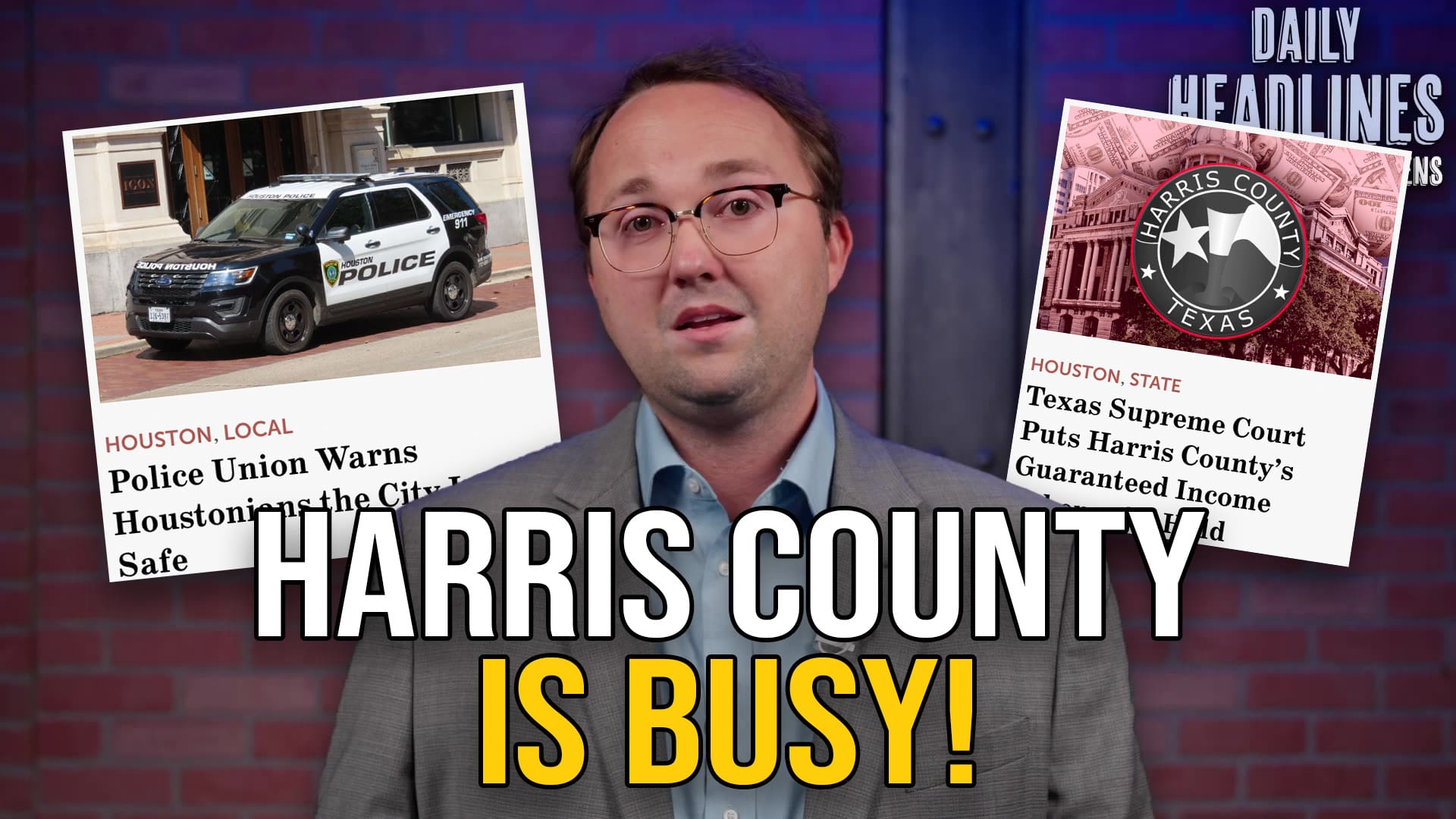“It’s not just homeless encampments … but also the emergence of a kind of citywide caste system: the wealthy, the service class, and the destitute.”
John Daniel Davidson, a senior correspondent for The Federalist, wrote of the harsh reality now being lived out in San Francisco, one of America’s wealthiest cities. Though the calamity of working-class San Franciscans may seem far away from Austinites, that same reality is actually looming close for those in Texas’ capital city.
It’s no secret that Austinites currently face their own affordability crisis: skyrocketing costs of living, insufficient wages, and suffocating taxes have forced many to move out of the city. Small businesses have closed. Affordable housing is dwindling. Homelessness is increasing.
The Austin City Council has taken action they advertise will help put out this escalating fire, spending millions more on homelessness in this year’s budget and passing a voter-approved record $250 million bond for new government-funded housing.
Will those policies help end the crisis?
In short, no. And Austinites have a valuable opportunity to see why.
Apart from the commonsense fact that taking more money from people will not make it easier for them to afford their homes, Austinites have the chance to peer into the future and see for themselves the consequences of these kinds of decisions. Simply look at what’s happening in San Francisco, who is further ahead on the same path Austin’s leadership is now choosing to take.
Along with much of the Bay Area, San Francisco is currently experiencing a catastrophic affordable housing crisis: working-class residents face a $3,300 average monthly rent for a one-bedroom apartment, or a staggering $1.6 million median home price. Good luck.
Many San Franciscans not in a high-paying tech job — school teachers, mechanics, and other working-class professionals — have been forced to live in cramped single-room dorms with communal bathrooms and kitchens. Even those rooms can go for $1,400 to $2,400 a month.
Unsurprisingly, the city has one of the worst homelessness problems in the nation. The streets downtown have become increasingly littered with used needles, trash, and even human feces.
“I will say there is more feces on the sidewalks than I’ve ever seen growing up here,” said Mayor London Breed, who is initiating a “Poop Patrol” to help clean up the nasty sidewalks. The problem has become so pervasive that one tech developer created an app cheekily named “Snapcrap,” where residents can take a picture of the human waste and send it directly to 311.
San Francisco city officials have already taken the one action they thought would repair their disastrous situation: spending massive amounts of taxpayer money.
The city will use their record-high $11 billion budget this year to continue trying to spend their way out of their problems. Over $300 million will be spent on homelessness, roughly $37,000 for each of the 7,500 homeless people in the city. That number doesn’t include the half-billion the city has spent on homelessness in just the last two years, most of which was on supportive housing units.
But shockingly, the problems have only worsened. According to a citywide survey last year, the number of the homeless population has remained the same. Meanwhile, the housing crisis has gotten even worse.
“Despite decades of well-intentioned bills, spending efforts, or guiding plans, the same tragic scene continues day after day and year after year,” said Nick Josefowitz, a candidate for the San Francisco Board of Supervisors (the city council). “Indeed, in recent years the situation has become so much worse.”
San Francisco’s perilous situation is particularly alarming because the city should be the ideal place for high taxes and heavy government spending to succeed and solve these problems. The city has lavish wealth at its fingertips, laying claim to the third-most number of billionaires in the world.
Unfortunately, all of the record government spending hasn’t helped the working class or homeless but has instead made their calamity worse.
“It’s not just homeless encampments that bedevil San Francisco,” Davidson said, “but also the flight of the middle class and the emergence of a kind of citywide caste system: the wealthy, the service class, and the destitute. In some ways, San Francisco is becoming something progressives are supposed to hate: a private club for the super-rich.”
How did the city even get to this catastrophic point?
In large part, the housing crisis — and consequently, the homeless crisis — trace their roots back to city hall itself.
For decades, San Francisco officials and voters have erected barriers to new construction, brick by brick through convoluted and expensive regulations, and even outright rejection of new housing developments. The city’s residents are infamous for their “not-in-my-backyard” attitude. As population increased, housing did not. Prices shot up for the scarce few places left to live, and the problems spiraled out of control from there.
The disaster ultimately stemmed from the city suffocating construction, with city officials, caught up spending truckloads of taxpayer money in an attempt to fix every problem, neglecting to look in the mirror and see that it was their own rules that rigged the housing market against the working class.
Sound familiar, Austin?
“Every regulation the city does just adds another layer of cost to what would be an affordable house otherwise,” said Donovan Davis, president of Austin firm Danze and Davis Architects. “What used to cost maybe $75 for us to do a site plan in Austin now costs over $2,000 because of the amount of time it takes to do all those regulations that we do.”
A recent report shows City of Austin fees on a four-story apartment complex could cost a developer more than $1 million. By comparison, the fees in Dallas would only be roughly $120,000.
In the meantime, downtown Austin is becoming overrun with vagrants, and the city’s policies on homelessness seem aimed more at cultivating the problem rather than lifting people out of poverty.
But the city isn’t pursuing commonsense solutions to its problems. Instead, Austin City Council has chosen to follow the same proven disastrous path as San Francisco: take more money from residents and spend it, rather than fix the rules that are causing the crisis in the first place.
There is still time for Austin to turn back. However, if the city council continues walking down this road, the crisis will unfortunately not come to an end. It will just be getting started.





